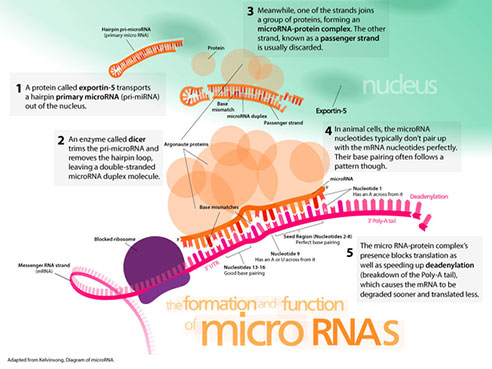
Called let-7, the microRNA governs formation of the cellular memory pool and is a gift from the dawn of animal life. A team of researchers at the University of Massachusetts Amherst has shown that a single, small strand of microRNA, or miRNA, known as let-7, governs the ability of T-cells to recognize and remember tumor cells. This cellular memory is the basis for how vaccines work. Boosting cellular memory to recognize tumors could help improve cancer therapies. The research, published recently in Nature Communications, suggests a new strategy for the next generation of cancer-fighting immunotherapies.
“Imagine that the human body is a fortress,” says Leonid Pobezinsky, associate professor of veterinary and animal sciences at UMass Amherst and the paper’s senior author, along with...
Read More









Recent Comments